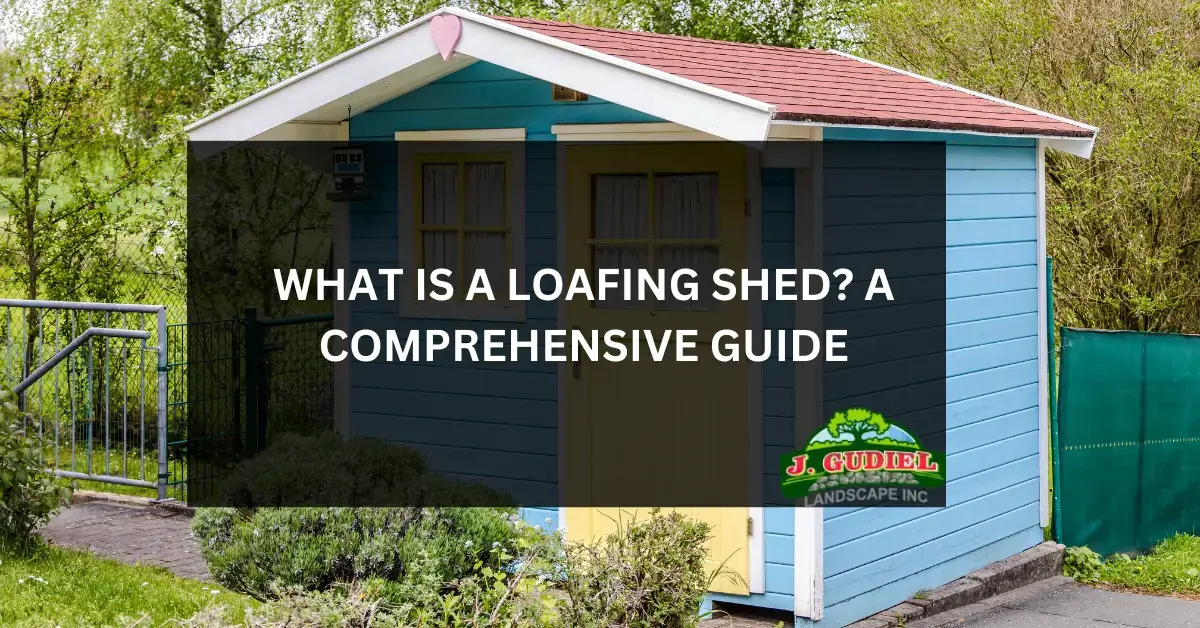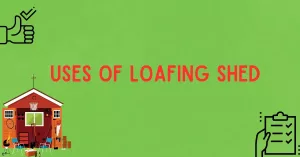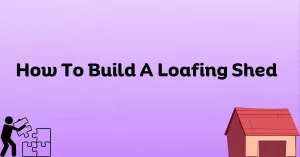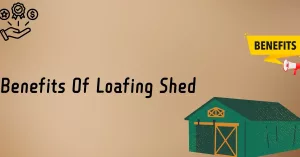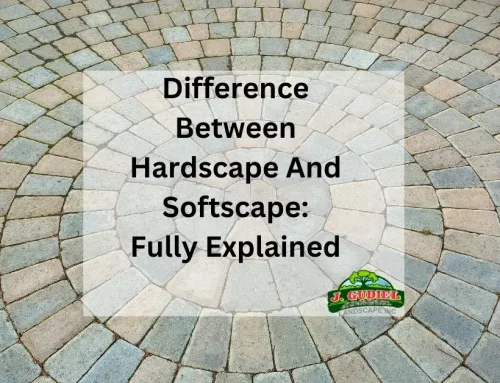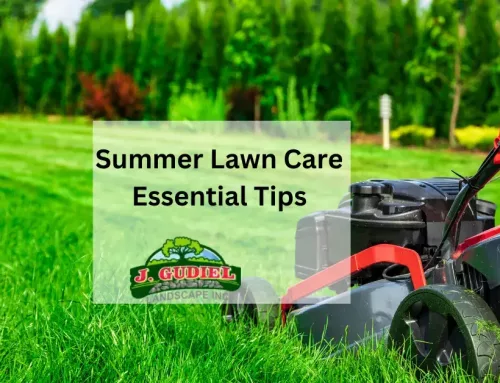Welcome to the world of homesteading and farming essentials! Today, let’s delve into the versatile structure known as a loafing shed. Picture a sanctuary for livestock, a haven against the elements, and a multipurpose shelter designed to provide comfort and protection for your animals. This guide explore a loafing shed, its purpose, standard features, and why it’s an indispensable asset for any farm or ranch.
What is a Loafing Shed?
A loafing shed is a shelter for livestock commonly found on farms and ranches. It features open sides and a roof, providing shade and protection from weather elements like rain, sun, and wind. Placed strategically in pasture areas, these structures allow animals to rest comfortably while still having access to grazing. They are typically constructed from wood or metal. They are tailored to the specific needs of the livestock and the local climate.
Uses Of Loafing Shed
A loafing shed is commonly used to give place to horses and other animals, like cows, sheep, and goats, to find shelter from rough weather. Loafing sheds are often run-in sheds; they can also store tack, feed, and other supplies you need to care for your animals. They are designed to give your animals convenient access in and out of their sheds.
How To Build A Loafing Shed
Constructing a loafing shed for your horses involves a comprehensive approach, encompassing various factors to ensure the utmost comfort and safety:
Size and Layout
Provide generous space to accommodate all horses comfortably. A loafing shed with a large front opening should be designed more comprehensively than deep. Research suggests allocating a minimum of 30 square meters per horse for interior space. Additionally, consider the herd’s dynamics; constructing multiple smaller sheds allows for better accommodating dominant and submissive horses.
Base Preparation
Establish a solid foundation to guarantee stability and secure footing for the horses. Proper leveling and drainage are crucial. Addressing uneven surfaces may require professional assistance, and incorporating materials such as fine stone dust or rubber mats atop a concrete pad can enhance comfort and safety.
Material Selection
Choose materials resilient enough to withstand local climate conditions and ensure longevity. While DIY solutions may be cost-effective, prioritize durability. In regions prone to extreme weather events like heatwaves or bushfires, robust materials such as structural steel over timber are preferred to enhance safety and longevity.
Access and Multiple Sheds
Ensure easy access for horses to enter and exit the shed, facilitating unimpeded movement within the structure. Strategically placing multiple sheds across the property provides horses with shelter options. This is especially important considering social dynamics, as dominant horses may monopolize specific spaces, leaving subordinate horses without shelter.
Ventilation and Natural Light
Incorporate adequate ventilation to maintain air quality and prevent heat buildup. Additionally, maximize natural light to create a comfortable environment for the horses. Consider positioning the shed to utilize prevailing winds for natural ventilation and include windows or vents to promote airflow.
By carefully considering these factors and selecting appropriate materials, your loafing shed can serve as a reliable sanctuary, offering optimal shelter and protection for your horses while prioritizing their well-being and comfort.
Cost Of Loafing Sheds
The cost of building a loafing shed can vary widely depending on several factors, including the size, materials used, labor costs, and any additional features or customization. Here’s a breakdown of potential costs:
Materials
The type of materials you choose will significantly impact the overall cost. For example, basic lumber and metal roofing will be more affordable than higher-end materials like treated wood or structural steel. Additionally, if you opt for siding or other finishing materials, this will add to the cost.
Size
The size of the loafing shed will directly affect the cost, with larger sheds requiring more materials and labor to construct. Consider the number of animals you need to accommodate and any future growth plans when determining the size of the shed.
Labor
If you’re building the loafing shed yourself, you’ll save on labor costs. However, if you hire contractors or construction professionals to do the work, labor costs can add up significantly. The complexity of the design and any site preparation required will also impact labor costs.
Site Preparation
Depending on the condition of the site where the loafing shed will be built, you may need to invest in site preparation, such as clearing vegetation, leveling the ground, or adding drainage. These additional costs should be factored into your overall budget.
Permits and Regulations
Remember to account for any permit fees or regulatory requirements that may apply to building a loafing shed in your area. This can include zoning regulations, building codes, and environmental permits.
Additional Features
If you plan to include features like electricity, lighting, or water access in the loafing shed, this will increase the cost. Similarly, adding extras like feeders, water troughs, or storage areas will add to the overall expense.
Overall, the cost of building a loafing shed can range from a few hundred to several thousand dollars, depending on the abovementioned factors. It’s essential to carefully plan and budget for your specific needs and priorities to ensure that you stay within your desired budget while still meeting your requirements for quality and functionality.
Bonus
Benefits Of Loafing Shed
Loafing sheds offer several benefits for both livestock and their owners:
Shelter from the Elements
Loafing sheds provide animals a place to seek shelter from harsh weather conditions such as rain, sun, wind, or snow. This helps maintain their health and well-being by reducing stress and minimizing exposure to extreme weather.
Comfort and Safety
By offering a shaded and protected space, loafing sheds ensure animals have a comfortable environment to rest and relax. This can also help prevent injuries when animals are exposed to adverse weather or overcrowded conditions.
Improved Health
Providing animals with access to shelter can contribute to their overall health and reduce the risk of health issues related to exposure to extreme weather, such as heat stress or hypothermia. Additionally, loafing sheds can help prevent the spread of diseases by reducing direct contact between animals during inclement weather.
Flexible Use
Loafing sheds can serve multiple purposes beyond providing shelter for animals. They can also be used for storing feed, tack, and other supplies, helping to keep them dry and protected from the elements.
Enhanced Grazing Management
Placing loafing sheds strategically in pasture areas can help with grazing management by encouraging animals to graze in specific areas. This can help prevent overgrazing and promote healthy pasture growth.
Cost-Effective
Building loafing sheds can be a cost-effective investment for livestock owners, providing long-term animal health and productivity benefits. Additionally, loafing sheds can help reduce veterinary costs associated with weather-related health issues.
Loafing sheds offer numerous advantages for animals and their owners, contributing to improved animal welfare, better grazing management, and cost-effective livestock management practices.
Conclusion:
A loafing shed is like a big umbrella for animals on farms or ranches. It gives them a shady spot to rest and hide from the sun, rain, or wind. This cozy shelter helps keep them comfortable and healthy, making it easier for farmers to care for their animals. For shed construction contact J Gudiel Landscape today!
For more exciting content, follow us on Yelp, Facebook, and Instagram.
FAQs:
Q1: How can a loafing shed benefit livestock management?
A: Loafing sheds provide shelter and comfort for animals, reducing stress and health risks from harsh weather. They also aid in better grazing management by encouraging controlled grazing and promoting healthier pasture growth.
Q2: How big should a loafing shed be?
A: The size of a loafing shed depends on factors like the number of animals it will shelter and the available space. Generally, it should be spacious enough to accommodate all animals comfortably, with at least 30 square meters per horse recommended for interior space.
Q3: What materials are commonly used to build a loafing shed?
A: Loafing sheds are typically constructed using wood, metal, or a combination of both. These materials offer durability and protection from the elements. The roof is often made of metal roofing or shingles to provide reliable animal shelter.

